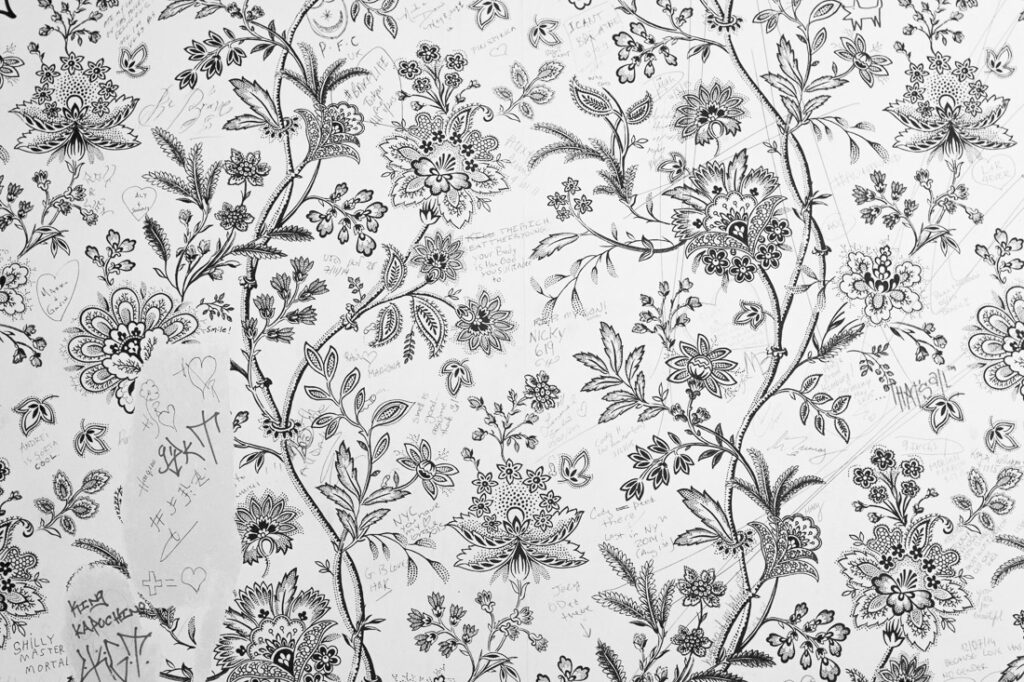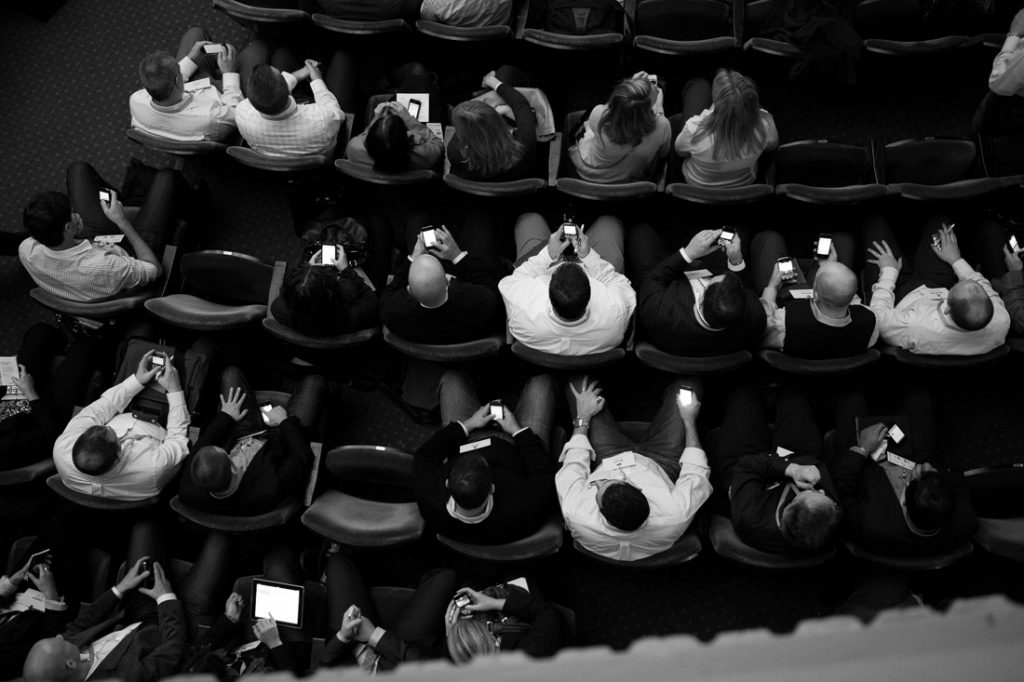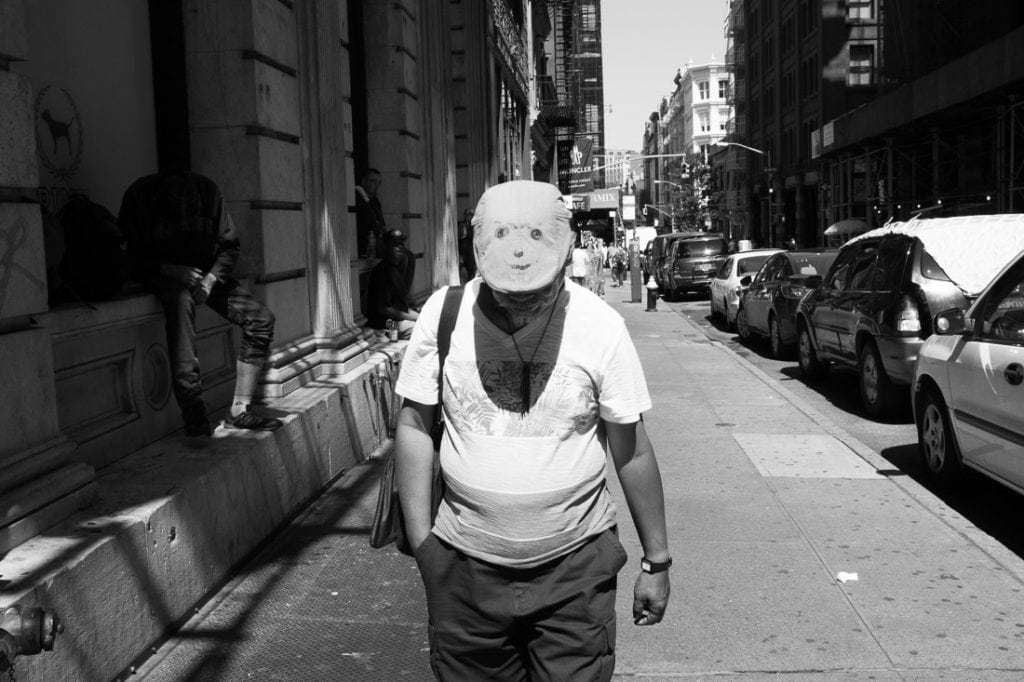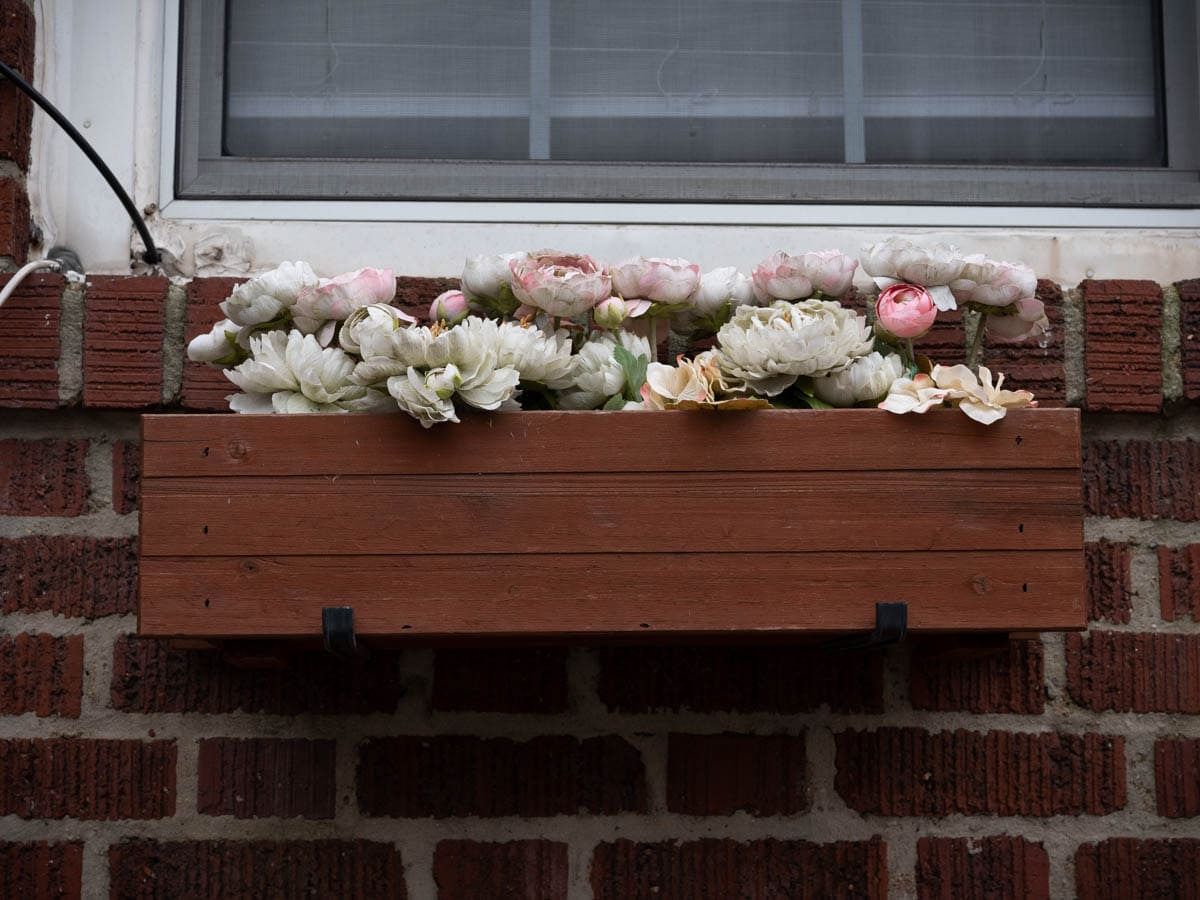The 10 Commandments of Commenting (and Posting)

I created this easy-to-read guide to give some commenting advice.
Commenting Education
As we head into the next phase of the Salon with more hangouts and just more time getting to know each other, commenting will become easier. We’re going to focus on more visual literacy education and photo critiquing as well coming up.
The goal is to get to the point where it feels second nature and there’s no trepidation, but that’s of course a process and it’s something we’ll all work on together. And there’s nothing that can replace trust and getting to know each other better.
It’s the same thing with shooting. At first, it makes you feel nervous and out of place, but the more you push yourself, the more you see examples, and eventually it will become second nature and fun to do.

The 10 Commandments (or 11, but 10 sounds better)
*Keep in mind these are general guidelines and not steadfast rules.
Posting
- Good commenting in a group starts with good posting.
- 1-5 photos at a time (if you post more than that it can overwhelm the stream and people’s interest in going through them all to comment).
- There are exceptions of course, one of which would be if you want to put an entire project up in your personal profile at once.
- Posting more than 3 or 3 1/2 times a week can also overwhelm the stream in your group (it depends on how busy the group is though).
- It’s okay to post both old and new work for review, but keep in mind that the purpose of the Salon is to ultimately get you out shooting new work.
- A great time to post old work is when you don’t have time to shoot.
- Consider occasionally posting individual photos instead of groups of photos and ask a question about the photo.
- Add captions to add more context to photographs. Many photos will speak for themselves but some could use some background info.
- Do the hard work of narrowing down your photos before you post.
- The more people get to know you as a photographer and your work, the easier commenting will become.
Commenting
- What goes around comes around – building good energy in the group starts with you.
- Look through your stream and leave a few comments before reading notifications.
- Try not to let other peoples’ comments stop you from commenting or influencing your own point of view. It’s just as important to leave the same opinion as someone else as it is to leave a differing opinion. And some prefer to not read the other comments before leaving their own, but that’s a personal choice.
- Leaving one or two comments when you log on is way better than leaving none.
- Commenting is a skill that can only be learned by giving it a go and reading the comments of others.
- Comments from beginners can be just as insightful as from more experienced photographers.
- It’s important for photographers to learn which of their photos are your favorites. It helps us to have a better perspective of how others see our work.
- Try to explain why you like the photo (not always necessary as sometimes it’s self explanatory, but it can help to explain this sometimes).
- Constructive criticism is the toughest type of comment to give and will take time to get used to doing, but give it a shot occasionally.
- When commenting, consider committing to leaving one constructive comment
- Assume everything is said with a positive tone on the site
- Critiquing the content of the photo is even more important than critiquing the technical side of things (although both can be very important).
- Is the photo interesting or does it evoke something in you? If not, why?
- Asking questions can also be helpful to learn more about the photograph or to figure out why a photographer took a particular photo.
- Does the photo fit with what the photographer is trying to do?
- This is something that at first will be hard or impossible to figure out, but over time as you get to know your group members and their work better, clear ideas and points of view will start to emerge. This point will take time to develop.

Survey comments from members about constructive criticism (The gist - many of you want it)
“Remind people that they can be critical without being rude.”
“It’s straightforward saying something positive but harder for constructive criticism – which is arguably where we’d gain most value.”
“Compliments are always welcome, but constructive criticism is even more helpful.”
“Also a lot of photos do not tell a story. They are just random shots of groups of people, buildings, murals. (I am guilty of this also) I am not pulled into the photo. Saying this is very hard, not wanting to hurt the photographer’s feelings.”
“This is a tough one…hard to force folks to follow commenting guidelines, but the “soft” comments such as “I like it” while nice, don’t tell me a lot. I want to know why someone likes or dislikes my images and I want to receive feedback for improvement. I realize most folks are probably reluctant to give negative feedback.”
“no one really likes to say they don’t like a photo. Perhaps, when a member posts a group of 3-5 photos in an album, the very least response would be to comment on which is the favorite of the set. It can be so discouraging to post photos you’ve chosen because you thought they had merit and then get no comments (except James usually comments on at least one) on any of them. Perhaps one could say “I see what you were trying to do here; it might be better if you…”
“Salon members could be advised to comment at least one photo for each person sharing that day. If everyone did it, even commenting on one photo each, the comments would increase a lot and with them, the cohesion of the group would increase. We all have many commitments and little time but what you give you receive!”
*This level of commenting may be attainable for some but too much for others, but it’s something to aspire to. We all have different schedules and some may have the energy and time for a whole lot of commenting [and those who have been doing this, it’s amazing and inspiring, and thank you]. For others with less time, just do the best you can with whatever time you have.
“Personally I’d rather have a negative comment than no comment”
“It’s difficult. Part of the problem I have is with photos that I do not like, have technical issues with, or are just not interesting. I want to help, but most often I either say nothing or try to find something positive to say.”

